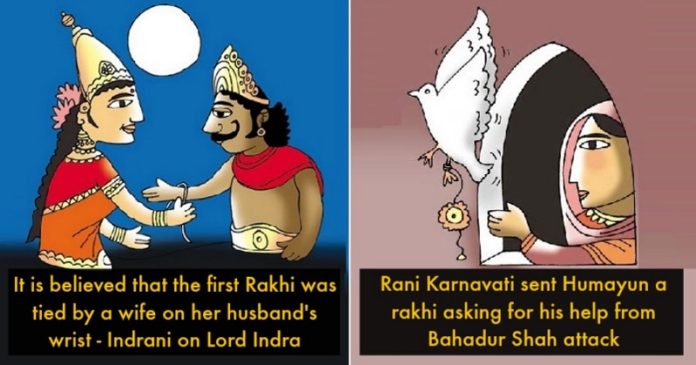
Rakshabandhan, as we know it, is a celebration of the sacred relationship between a brother and a sister. What if we told you that as per our mythology, it was not just restricted to brother and sister? Well, not just that, there are various stories that are associated with this festival which have been mentioned in the Indian mythology and history. If you believe in the Hindu mythology, then these stories of gods and goddesses might interest you. However, if you are not a believer, we have some examples from the Indian history as well to give you some perspective. Let us look at each and every aspect of this festival before exploring the supposed stories behind it.
What is it about?
Rakshabandhan, also known as Rakhi, is a Hindu festival in which a sister ties a sacred thread onto her brother’s wrist and he, in return, promises to protect her all her life. The brother and sister may or may not be biologically related to each other.
ADVERTISEMENT
When is it celebrated?
Rakshabandhan is celebrated on the last day of Shravana in the Hindu lunar calendar, which usually falls in the month of August.
How is it celebrated?
The sister ties a Rakhi on her brother’s wrist and gives him her blessings for good health and a good life. In return, the brother gives her a gift along with a promise to protect her all her life. Married women usually go to their parents’ homes to tie Rakhi to their brothers which signifies their relationship with their natal home and brother even after marriage.
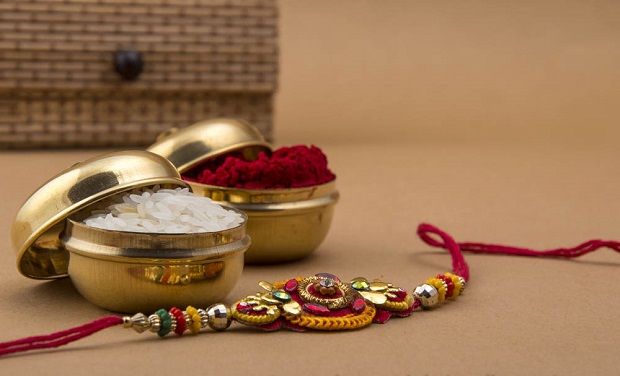
Mythical stories associated with Rakshabandhan:
1. Started with husband and wife
A sacred thread being tied to somebody’s wrist for protection is believed to have been originated for Indra Dev’s betterment. In a war between gods and demons, Indra was disgraced by demon king, Bali. Upon seeing this, Indra’s wife, Sachi, consulted Lord Vishnu, who then gave her a holy bracelet made of cotton. Sachi tied the holy thread around Indra’s wrist with blessings; and consequently, Indra defeated Bali and recovered Amaravati. This story depicts not only the power of a holy thread, but also that it is not restricted to a brother-sister bond.
ADVERTISEMENT
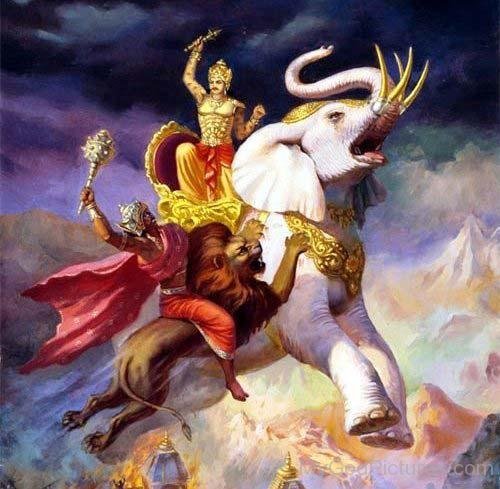
2. Krishna and Draupadi
According to the epic Mahabharata, it is believed that on one occasion, Lord Krishna happened to cut his finger. On seeing this, while his wife and other consorts present, ran to get a bandage, Draupadi tore off a part from her saree to tie on his finger. Touched by this action, Lord Krishna said ‘Akshyam’ which meant ‘may it be unending’. That proved to be a blessing for Draupadi during ‘Vastraharan’ as her saree became endless and it saved her from the embarrassment from being disrobed in front of everyone present in the King Dhritrashtra’s court.
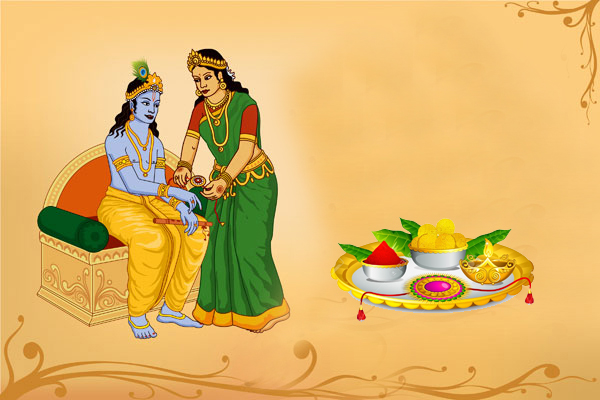
3. Bali and Lakshmi
As per the Bhagvata Purana and Vishnu Purana, after Lord Vishnu defeated Bali, Bali requested him to stay with him in his palace. Lord Vishnu accepted Bali’s request, however, it did not go down well with Lord Vishnu’s wife, Goddess Lakshmi. She went to Bali in disguise and tied a Rakhi on his wrist. When Bali asked Goddess Lakshmi about what she wanted in return as a gift, she asked for Lord Vishnu to be freed from his request of staying with him in his palace. Bali agreed to it as he had made a promise to his now-sister, Lakshmi.
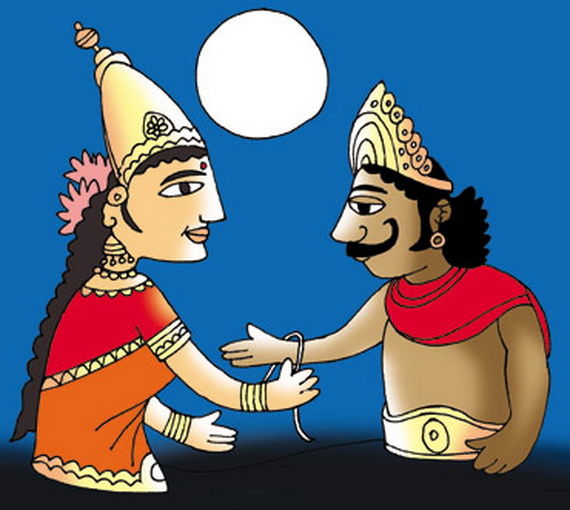
4. Yama and Yamuna
As per another legend, Yamuna was sad as her brother Yama (the god of death) had not visited her for around 12 years and she shared her sorrow with Ganga. Ganga told Yama about it and he decided to visit Yamuna. On meeting Yamuna, Yama was happy to see all the hard work and preparation she had made for her brother’s visit. She tied a Rakhi on Yama’s wrist and, in return, Yama who was moved by his sister’s love, blessed her with immortality.
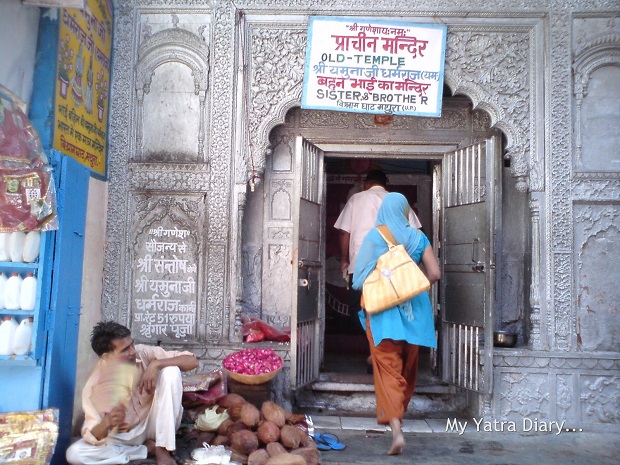
5. Santoshi Mata
Once, Lord Ganesha’s sons Shubha and Labha were angry on seeing Manasa tying a Rakhi on Lord Ganesha’s wrist as they did not have any sister who would tie them a Rakhi. After Narada managed to convince Lord Ganesha that a daughter would enrich him and his sons, he created a daughter from the divine flames that emerged from his wives, Ridhi and Sidhi. And that is how Santoshi Maa came into existence.
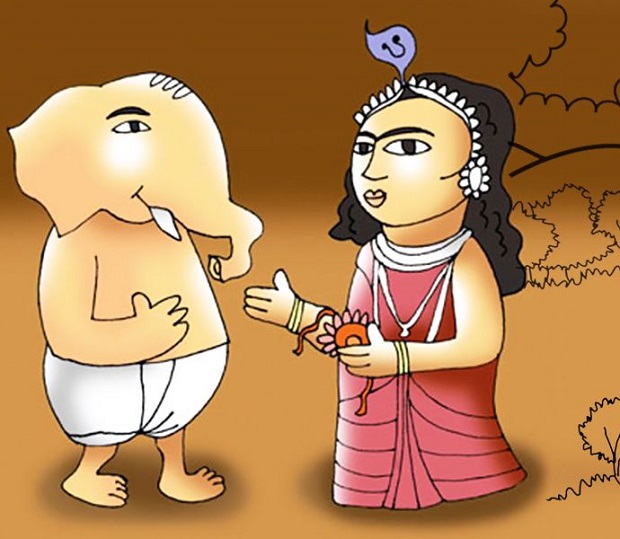
6. Vishnu and Parvati
According to Puranas, Parvati is a sister of Lord Vishnu and Goddess Ganga. Owing to the Rakhis tied by Parvati to Lord Vishnu, he helped her win Lord Shiva’s heart for marriage. Lord Shiva had rejected Parvati’s marriage proposal as he was mourning his wife Sati’s death. However, not only did Lord Vishnu live up to his promise, but also performed all the rituals of the Shiva-Parvati wedding as a doting brother.
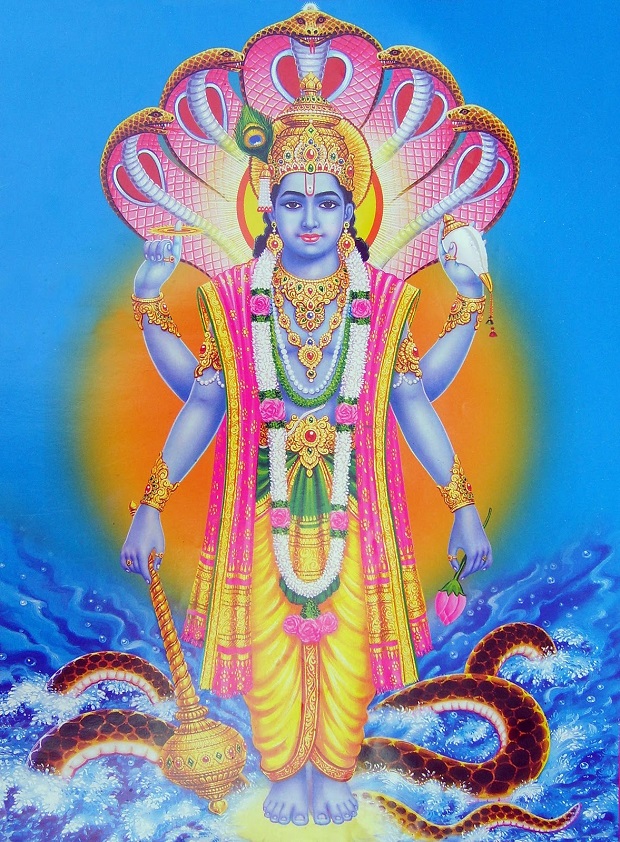
Historic Stories associated with Rakhi:
ADVERTISEMENT
1. Rabindra Nath Tagore’s version of Rakhi
Not many people are aware that in many parts of West Bengal, people tie rakhi to their neighbours and close friends. The reason behind all this was his notion of considering Rakshbandhan and rakhi as ideas to spread a feeling of love, respect, brotherhood and a vow of mutual protection between Hindus and Muslims during the colonial days.
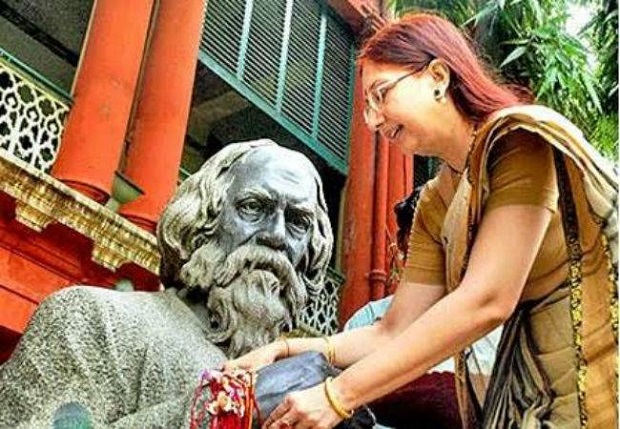
2. Puru and Alexander
Legend has it that around 326 BCE when Alexander the Great invaded India, his wife Roxana sent a sacred thread to Porus asking him to not harm her husband in the battle. It is believed that when he saw the Rakhi on his wrist while fighting the battle, he stopped himself from attacking Alexander personally.
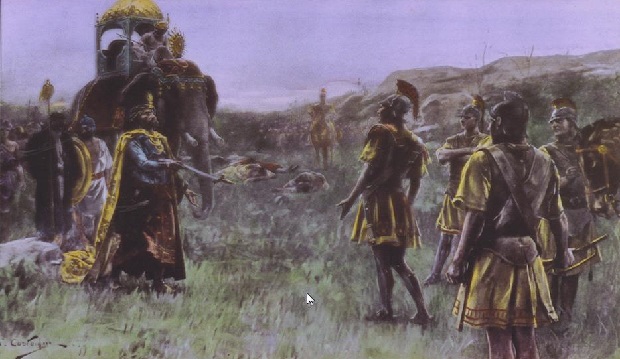
3. Humayun and Rani Karnavati
According to another legend, around 1535 CE when Rani Karnawati, widowed queen of the King of Chittor, realised that she could not protect her land from invasion by the Sultan of Gujrat, Bahadur Shah, she sent a Rakhi to Humayun asking for his help and support. In return, Humayun, set off immediately but by then the Sultan had already conquered Rani’s fortress. Rani immolated herself in the Rajput custom of Jauhar, however, it was learnt that Humayun restored Karnawati’s son, Vikramjit, to the throne.
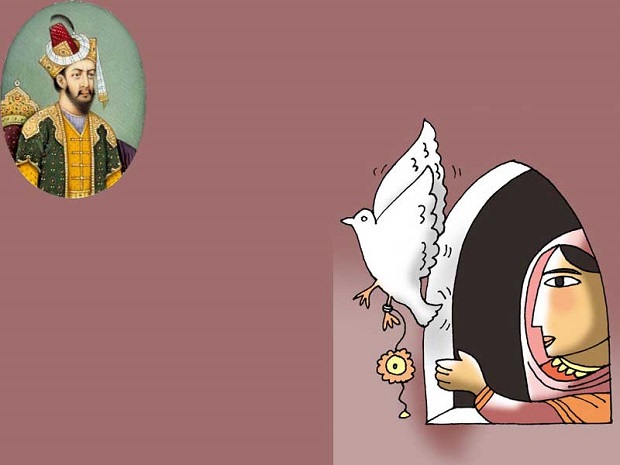
4. Sikh promise of protection
It is believed that in the 18th century, Sikh Khalsa armies initiated the Rakhi system as a promise to protect peasant farmers from Afghan invaders in return of a small cut of their farm produce.
ADVERTISEMENT
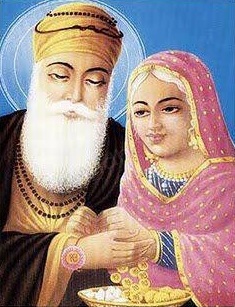
5. Maharaja Ranjit Singh
Being the founder and ruler of the Sikh Empire, his wife Maharani Jindan sent a Rakhi to the ruler of Nepal, who in return, gave her a refuge in the Hindu kingdom of Nepal in 1849 after the Sikh territories were conquered by the British.
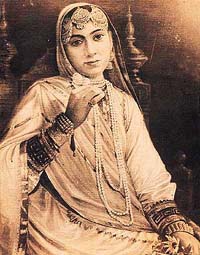
After learning about all these stories, we realise that Rakshan Bandhan has not only had a legendary history but also is more than just a ritual of tying rakhi. It is about keeping promises. It is about protecting your sisters. It is about blessing your brothers with good health and a successful life. And it is not just about brother-sister bond, it is also about brotherly love. Raksha Bandhan is a festival which restores your faith in relationships.
ADVERTISEMENT











